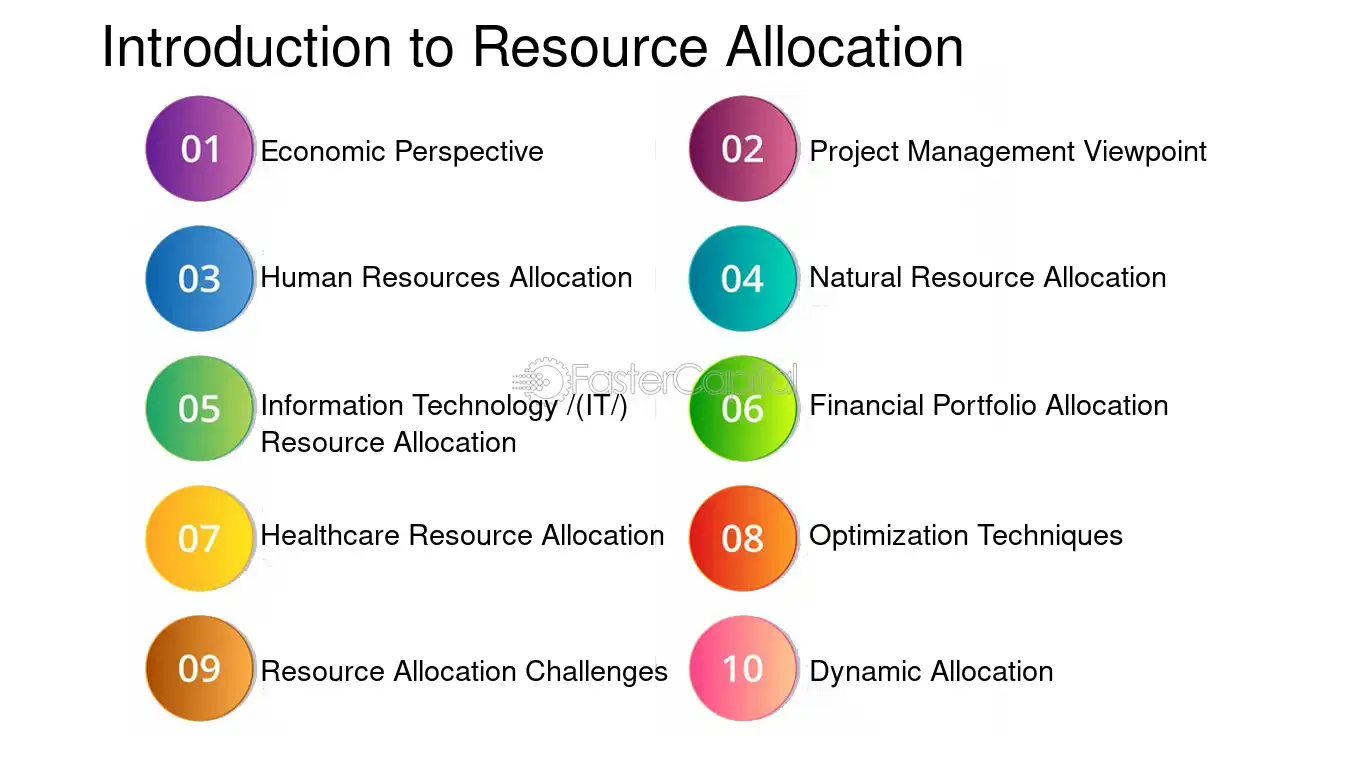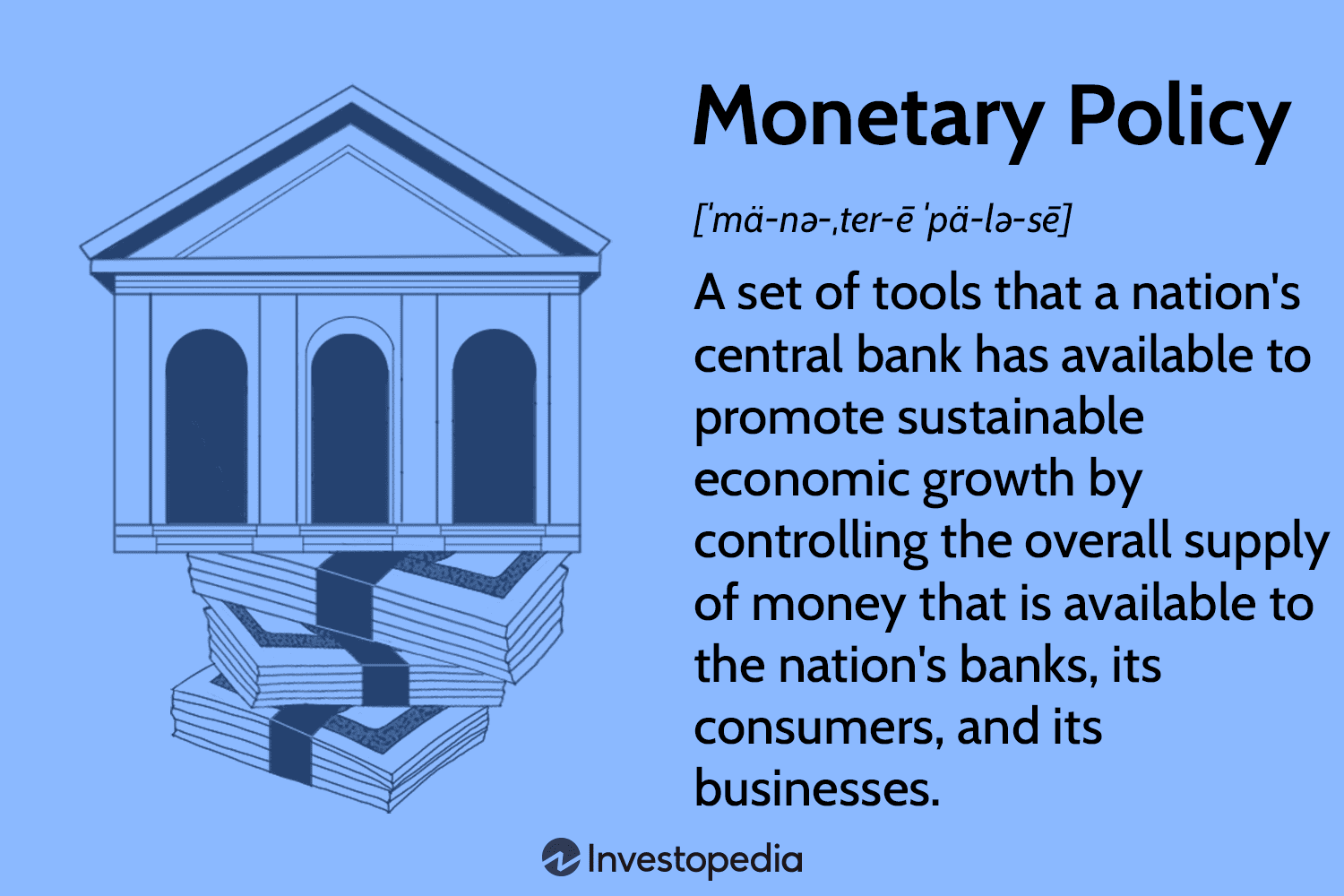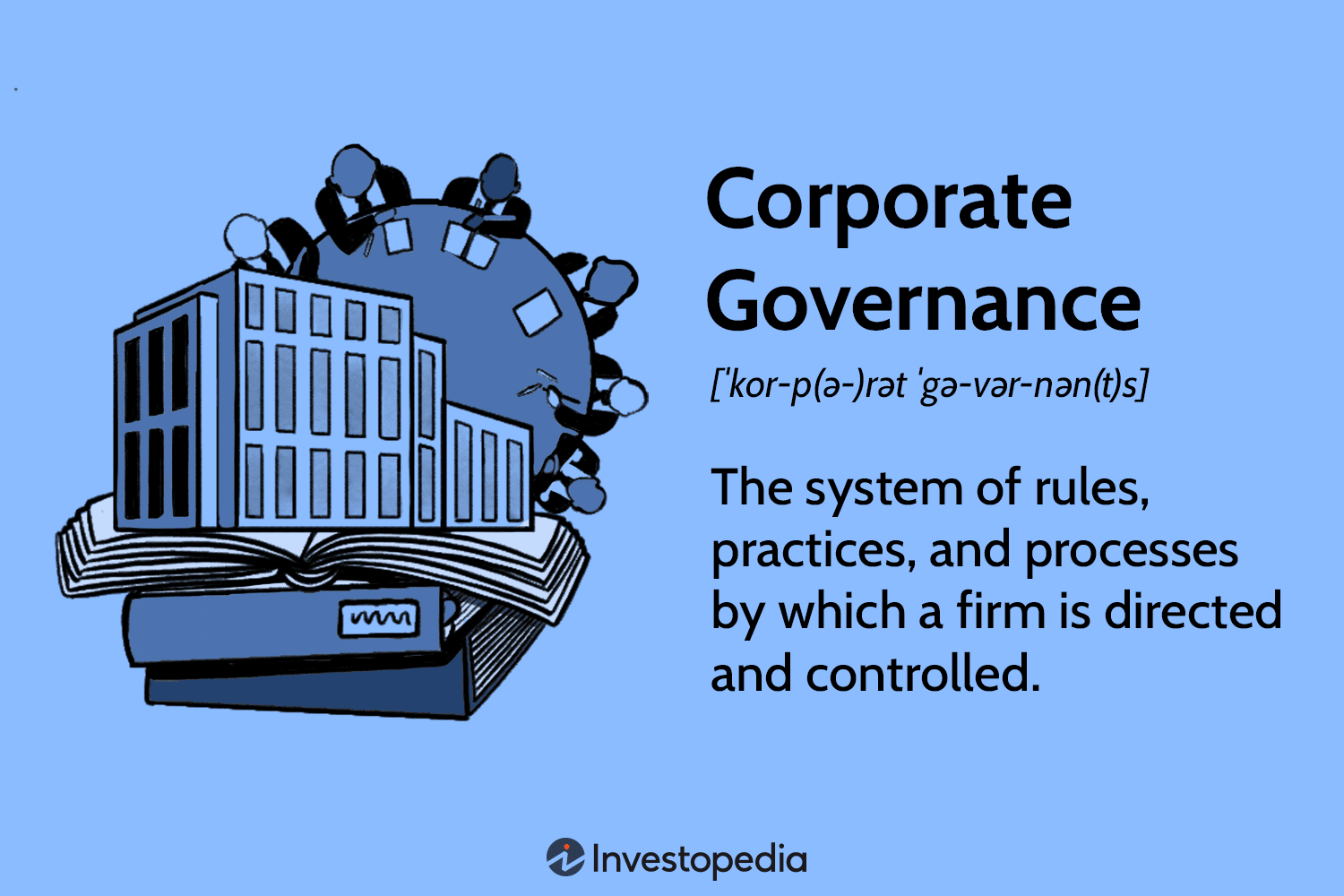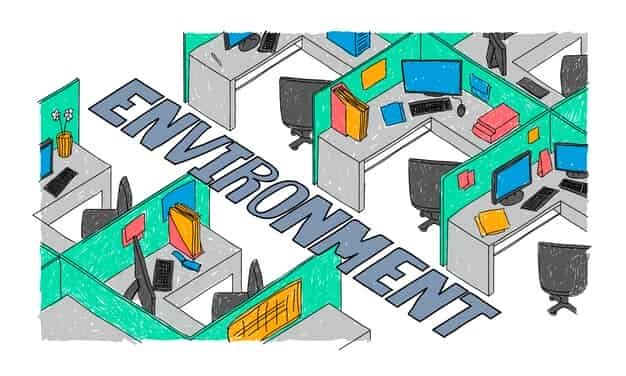Methods of Resource Allocation Explained
Mia Wilson

Photo: Methods of Resource Allocation Explained
Methods of Resource Allocation Explained: A Comprehensive Guide
Effective resource allocation is a critical component of organizational success, whether in business, government, or non-profit sectors. Resources such as capital, labor, technology, and natural assets are finite, and the way they are allocated directly impacts productivity, profitability, and societal well-being. This article explores the key methods of resource allocation, providing an in-depth analysis of their advantages, disadvantages, and appropriate use cases.
What is Resource Allocation?
Resource allocation refers to the process of assigning and distributing available resources to various activities or projects to achieve specific goals. It is vital in scenarios where resources are scarce, and decision-makers must prioritize tasks or investments to maximize outcomes. Without proper allocation, organizations risk inefficiency, wastage, or even failure in achieving their objectives.
Why is Resource Allocation Important?
Resource allocation ensures that limited resources are directed toward the most valuable activities. This process helps organizations:
- Optimize productivity by focusing on high-priority tasks.
- Minimize waste by avoiding unnecessary expenditure on low-impact areas.
- Enhance strategic alignment by ensuring resources support long-term goals.
Let’s delve into the primary methods used to allocate resources efficiently.
1. Market-Based Allocation
In a market-based resource allocation system, resources are distributed according to supply, demand, and price mechanisms. This approach is predominantly used in free-market economies, where competition drives efficiency.
How it Works
Prices act as signals in a market-based system. When demand for a resource increases, prices rise, encouraging suppliers to produce more. Conversely, if demand decreases, prices fall, reducing production.
Pros and Cons
Advantages:
- Efficiency: Market forces naturally guide resources toward high-demand areas.
- Innovation: Competition incentivizes companies to innovate and use resources more effectively.
Disadvantages:
- Inequality: Market-based allocation can lead to disparities in resource access.
- Market Failures: Externalities such as pollution may not be accounted for, resulting in inefficient outcomes.
Example Use Case
Market-based allocation is widely seen in sectors like technology and retail, where consumer demand shapes production and pricing decisions.
2. Command-Based Allocation
Command-based allocation involves central planning by a governing authority, which decides how resources are distributed. This method is characteristic of socialist and communist economies.
How it Works
In a command-based system, government planners assess needs and distribute resources accordingly. For example, a government might allocate funding to public services like healthcare or education based on societal priorities rather than market forces.
Pros and Cons
Advantages:
- Equity: Resources can be distributed more evenly to reduce inequality.
- Goal Alignment: Governments can allocate resources to meet long-term social and environmental goals.
Disadvantages:
- Inefficiency: Centralized planning may lead to overproduction or underproduction due to lack of market signals.
- Bureaucracy: Heavy administrative processes can slow down decision-making.
Example Use Case
This method is prevalent in sectors like defense, public infrastructure, and social welfare, where societal benefits outweigh immediate market returns.
3. Priority-Based Allocation
Priority-based resource allocation involves ranking tasks or projects by importance and distributing resources accordingly. This approach is common in project management and budgeting processes.
How it Works
Decision-makers list all potential tasks or investments and rank them based on strategic importance, urgency, or expected returns. Resources are then allocated starting from the highest-priority item down the list.
Pros and Cons
Advantages:
- Strategic Focus: Ensures resources are devoted to high-impact initiatives.
- Flexibility: Can be adjusted to respond to changing priorities.
Disadvantages:
- Subjectivity: Prioritization can be influenced by biases or incomplete information.
- Resource Gaps: Lower-priority tasks may remain underfunded, causing delays or failure.
Example Use Case
This method is commonly used in corporate environments, particularly in research and development (R&D) and marketing campaigns, where resources are limited, and priorities shift frequently.
4. Equal Allocation
Equal allocation involves distributing resources uniformly across various departments, projects, or individuals, regardless of specific needs or potential outcomes.
How it Works
In this approach, all entities receive the same share of available resources. For example, a company might allocate an equal portion of its IT budget to each department.
Pros and Cons
Advantages:
- Fairness: Ensures everyone gets an equal share, which can boost morale and collaboration.
- Simplicity: Easy to implement, requiring minimal analysis.
Disadvantages:
- Inefficiency: Fails to consider differing needs or potential returns, leading to suboptimal outcomes.
- Wastage: Resources may be wasted in areas where they are not needed as much.
Example Use Case
Equal allocation is suitable in scenarios where fairness is a top priority, such as dividing employee benefits or community grants.
5. Need-Based Allocation
Need-based allocation focuses on distributing resources based on specific needs rather than uniform distribution or market factors. This method is frequently used in social services and humanitarian aid.
How it Works
Organizations assess the needs of various groups and allocate resources accordingly. For example, a relief organization may distribute food supplies to areas most affected by famine.
Pros and Cons
Advantages:
- Equity: Ensures those in greatest need receive more resources.
- Targeted Impact: Maximizes the positive effect of resource distribution.
Disadvantages:
- Complexity: Requires accurate data collection and analysis to identify needs.
- Potential for Misallocation: Misjudging needs can lead to inefficient use of resources.
Example Use Case
This approach is essential in disaster response, healthcare, and poverty alleviation, where addressing urgent needs is crucial.
Choosing the Right Method
Selecting the most appropriate resource allocation method depends on various factors, including organizational goals, resource availability, and external conditions. In practice, organizations often use a hybrid approach, combining multiple methods to balance efficiency, fairness, and strategic alignment.
Conclusion
Resource allocation is a fundamental process that shapes the efficiency and success of organizations. Understanding the different methods market-based, command-based, priority-based, equal, and need-based enables decision-makers to choose the most suitable approach for their unique circumstances. By carefully assessing goals, constraints, and stakeholder needs, organizations can allocate resources effectively, ensuring sustainable growth and societal benefit.
For You
View AllUncover the basics of monetary policy, its tools, and how it influences economic growth. Click for easy insights!
Mia Wilson
Packing for one? Discover the ultimate solo travel packing checklist to stay prepared and stress-free on your next adventure!
Mia Wilson
Discover magical winter adventure destinations. From skiing to ice climbing, embrace the chill and create unforgettable memories this season!
Mia Wilson
Learn about corporate governance, its principles, and its role in ethical business practices. Click for essential insights!
Mia Wilson
Uncover the truth about blockchain's environmental impact and sustainability efforts.
Mia Wilson
Discover the key points of the Kyoto Protocol in this concise overview. Learn its significance and impact on global climate policy. Click to understand more!
Mia Wilson
Education
View All
April 24, 2025
What Is Distance Education? Explained!
Discover how distance education works, its benefits, and how it’s transforming learning. Start your journey today!

April 17, 2025
What Is Secondary Education? Explained!
Learn about secondary education, its structure, and its role in shaping academic and career paths. Get insights today!

April 14, 2025
What Is Post-Secondary Education?
Understand post-secondary education, its types, and how it shapes careers. Start exploring your opportunities today!





